|
Often taken as another name for Cap Prim, it is in fact the whole promontory from Cap Prim in the North, to Cap de la Nao further East, and Ambolo in the South ( see map below ) and consists not only of the coast but the inland too. There is a legend, which has no archaeological basis - so far !!!! - that there was a famous St. Martin´s monastery there in the 6th century, which gave its name to the Cape. San Gregorio de Tours, a cleric and historian living in the 6th century wrote in his De Gloria Confessum that this monastery was attacked and ransacked by soldiers of the Visigoth King Leovigildo (568-586 a.d). All the monks had already fled to a nearby island, and only the old abbot remained. When a soldier raised his sword to smite the abbot, he suddenly fell to the ground and died. On hearing this, the king ordered his men to return all the booty they had taken from the monastery. While there must be some truth in this event, it is questionable whether it took place here in Xabià. Gregorio de Tours wrote that the monastery was "between Sagunto and Cartago Spartaria" (Cartagena). It could have been anywhere ! No remains have been found on Cap Martì. But on the other hand, Roc Chabàs (1845-1912) also cleric and historian, wrote about a document he had seen of a 1556 notarial sale of a piece of land in Cap Martì that was next to the ruins of a monastery. Unfortunately, he did not submit the actual document.
The belief that this monastery existed in Xabià persists and some believe it had been where many centuries later the Augustine Convent was built in the Pueblo ( today the covered market, Mercado de Abastos ). Others believe it to have been on the Cap Sant Antoni where many chapels, ermitas and monasteries have been built over the centuries. However, as long as there is no archaeological proof, this St. Martin`s monastery remains in the realm of legends. Cap Martì was originally the name of today´s Cap de la Nao. That we know as a fact. A conjecture is that the name was given by Venetian mariners who, from the sea, saw the prominent headland as a "capomartino", the commanding post or captain´s bridge of a galley. So Venetian cartographers, who were the great marine cartographers of the Middle Ages, called it Capo Martino in all their maps. Centuries later, towards the end of the 18th century, and maybe due to some confusion, it became Capo San Martino. This could have been because of the existence of a defence post called Castillo San Martì not so far away, marked probably on the map as C° San Martino (C° being an abbreviation either of "castillo" or of "cabo"). This same error, made by a certain Tofiño (1732-1795), was most probably also the reason why he saw the whole promontory as the cape, and not just the one headland, thus changing the latter´s name which was then called Cap de la Nao (nao = ship) for its shape. Nowhere do we have documents that really depict the history of Cap de Martì. Assumptions are made, theories are developed, but in the end, each one has to decide what he/she wants to believe. It is interesting to see how fact and fiction intertwine over the centuries and probably we shall never find out what really happened. Today Cap Martì is so strewn with tourist houses, that modern archaeological methods cannot be used to study the terrain. Cap Martì will surely continue to guard its mystery for a long time.
0 Comments
Although Xàbia remained in the rear throughout the war (1936-39), the importance of the defense
and control of the stretch of coast between Dénia and Xàbia, made the government of the Republic create a coastal defensive line between the Marines and Portitxol with the installation of various defensive constructions whose purpose was to stop possible attacks by the Francoist army and protect coastal shipping in the area. The most important defensive structure built in Xàbia was the great battery of Portitxol. Built about 90 meters above sea level, this robust and extensive semi- subterranean battery, built with thick cement concrete walls, protected the wide bay of Xàbia, to the northwest, and the small bay of Portitxol, to the south-east. On Saturday, June 17, we will be able to visit, thanks to the kindness of the owner of the plot where it is located, Pasqual Pastor Cardona, the preserved remains of this construction. The route will start at 10:30 a.m. in the Caleta car park, we will walk to the Portitxol viewpoint, visit the remains of the battery and return to La Caleta. |
ACTIVITIES
Categories |
- Home
- Blogs
-
Projectes
- Premio de Investigación - Formularios de Inscripción
-
Traducciones Translations
>
-
DISPLAY PANELS - GROUND FLOOR
>
- THE STONE AGES - PALAEOLITHIC, EPIPALAEOLITHIC AND NEOLITHIC
- CAVE PAINTINGS (ARTE RUPESTRE)
- CHALCOLITHIC (Copper) & BRONZE AGES
- THE IBERIAN CULTURE (THE IRON AGE)
- THE IBERIAN TREASURE OF XÀBIA
- THE ROMAN SETTLEMENTS OF XÀBIA
- THE ROMAN SITE AT PUNTA DE L'ARENAL
- THE MUNTANYAR NECROPOLIS
- ARCHITECTURAL DECORATIONS OF THE PUNTA DE L'ARENAL
- THE ATZÚBIA SITE
- THE MINYANA SMITHY
- Translations archive
- Quaderns: Versión castellana >
- Quaderns: English versions >
-
DISPLAY PANELS - GROUND FLOOR
>
- Catálogo de castillos regionales >
- Exposició - Castells Andalusins >
- Exposición - Castillos Andalusíes >
- Exhibition - Islamic castles >
- Sylvia A. Schofield - Libros donados
- Mejorar la entrada/improve the entrance >
-
Historia y enlaces
-
Historía de Xàbia
>
- Els papers de l'arxiu, Xàbia / los papeles del archivo
- La Cova del Barranc del Migdia
- El Vell Cementeri de Xàbia
- El Torpedinament del Vapor Germanine
- El Saladar i les Salines
- La Telegrafía y la Casa de Cable
- Pescadores de Xàbia
- La Caseta de Biot
- Castell de la Granadella
- La Guerra Civil / the Spanish civil war >
- History of Xàbia (English articles) >
- Charlas y excursiones / talks and excursions >
- Investigacions del museu - Museum investigations
- Enllaços
- Enlaces
- Links
-
Historía de Xàbia
>
- Social media
- Visitas virtuales
- Tenda Tienda Shop

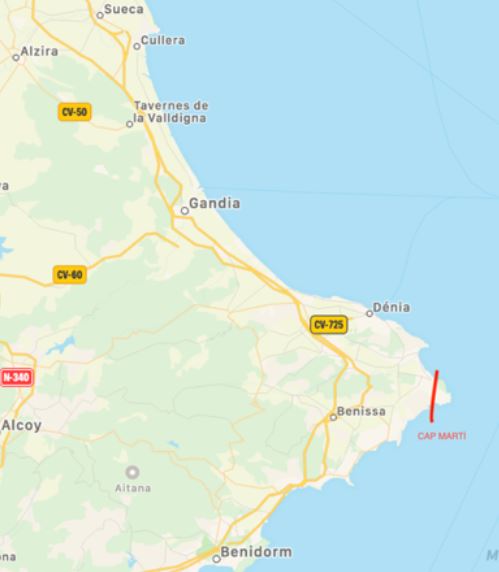
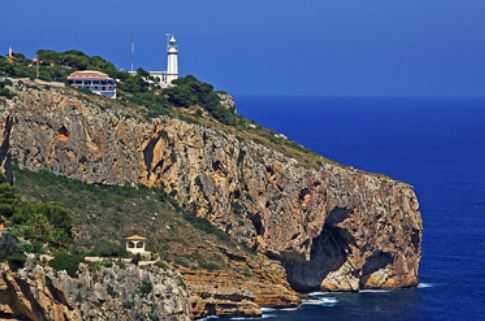
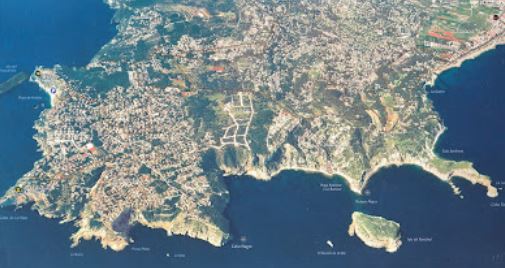
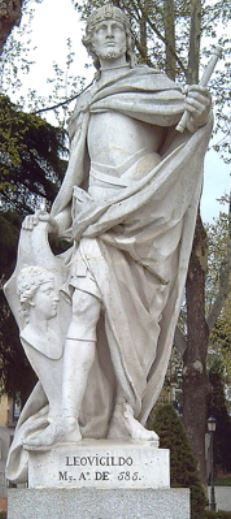
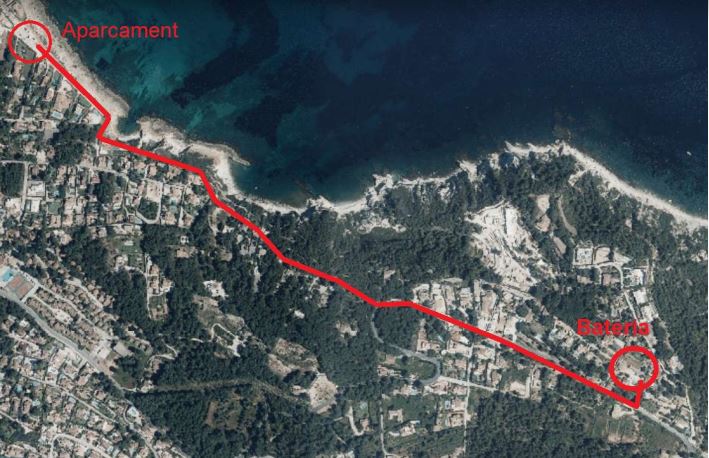
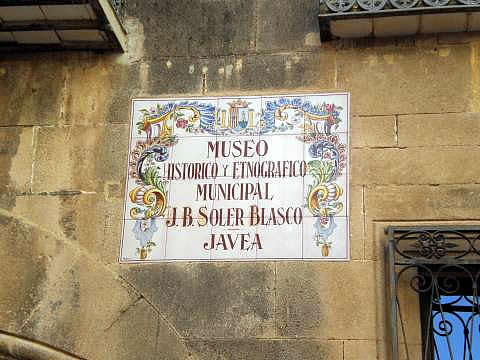
 RSS Feed
RSS Feed
